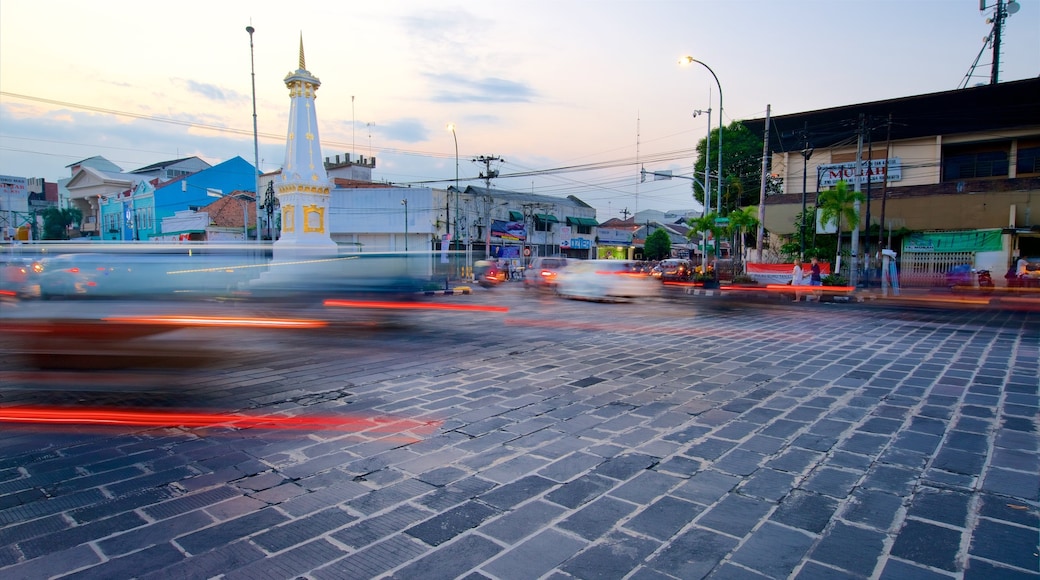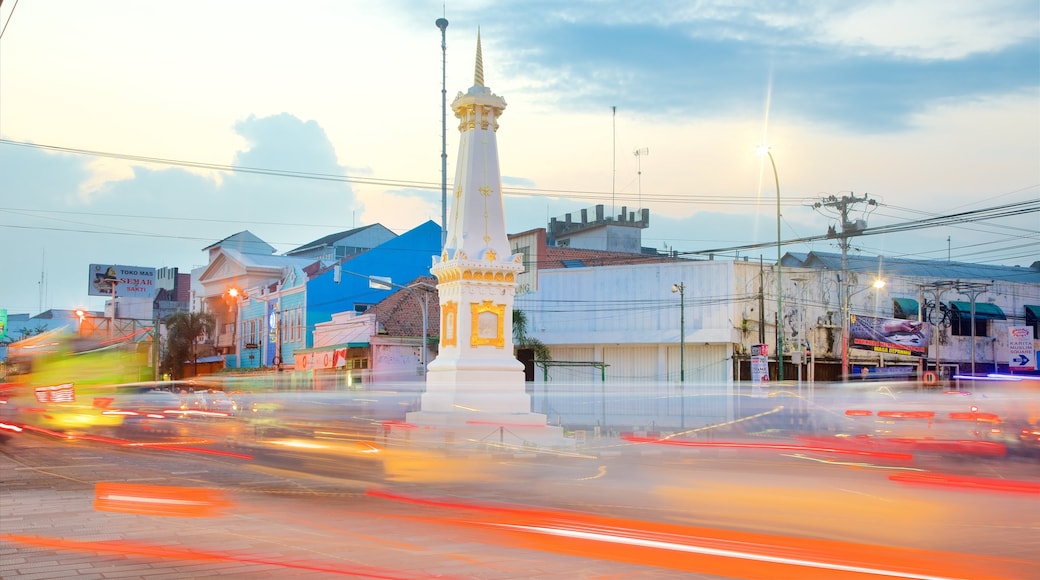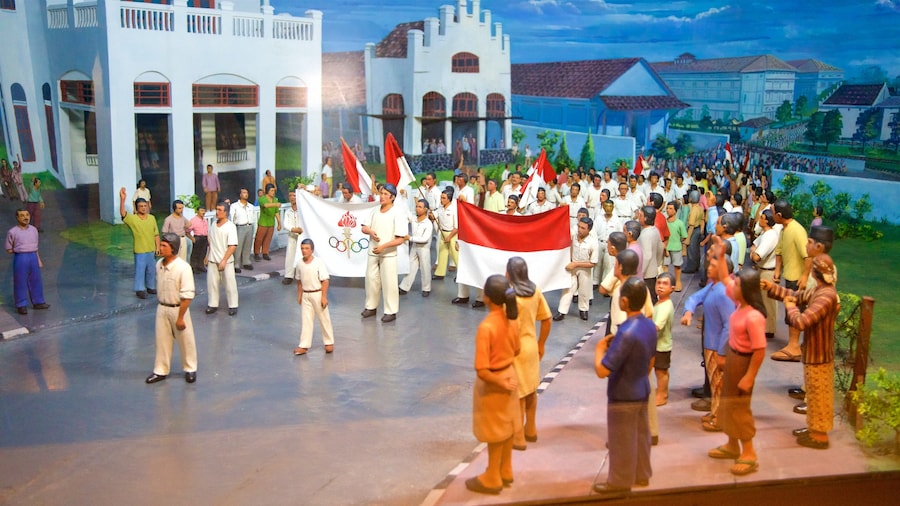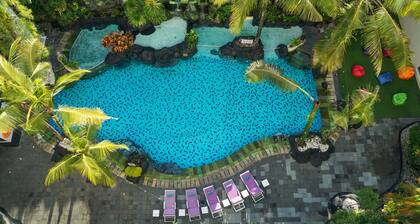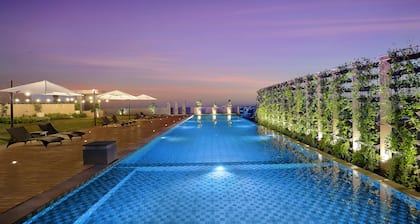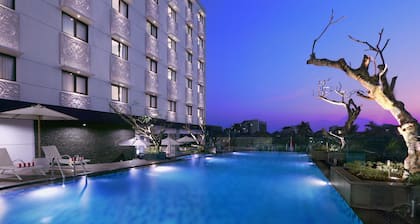The Tugu Monument is an elaborate obelisk in the heart of the city that has special meaning for the people of Yogyakarta. The 18th-century structure was built by the first sultan of the city in a symbolic location between the Indian Ocean, Mount Merapi and the Kraton Complex. Use the monument as a practical gathering point to meet friends and family during your vacation here.
Note that the site initially represented the unity of mankind and the togetherness that helped locals fight the Dutch colonists. King Hamengkubuwono constructed it a year after the foundation of the Ngayogyakarta Hadiningrat Kingdom. In 1889, the Dutch government repaired and modified the monument following a devastating earthquake. It has since become the most prominent symbol of the city, featuring in many postcards and photographs.
Capture photos of the popular monument, which has a square base and pointed spire. Notice the golden Javanese writing that adorns each side of the structure and pays tribute to those involved in its restoration. The top of the monument has a pointed cone that is a sharp contrast from its previous incarnation, which had a spherical peak. The tip of the cone is 50 feet (15 meters) high.
A small patch of grass and a fence surround the monument, which stands at the crossroads of several important streets in Yogyakarta. Admire the structure at night, when ornamental lamps light it up in a yellow glow.
View the monument for free. It is available to see at all times. The Tugu Monument is just north of the Yogyakarta Station in the central part of the city. It stands beside the Kali Code River in an area full of commercial avenues and museums. Nearby sights include the Samsat Kota Yogyakarta, the Museum Sasana Wiratama and the Museum Sandi.


